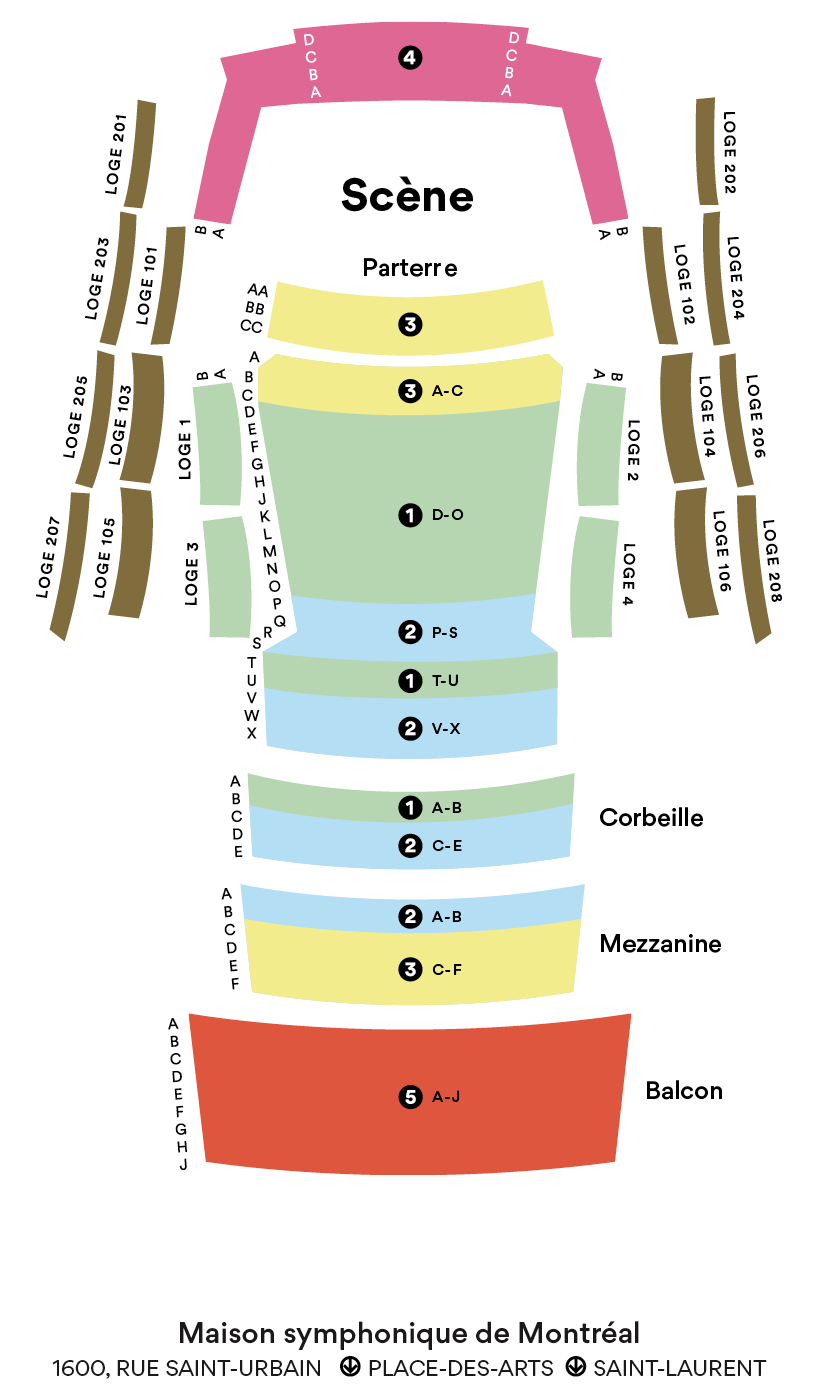Seven Lieder (orchestration Matthews)
Alma Mahler
1879 – 1964
At a soirée in 1901, she met Gustav Mahler, then director of the Vienna Court Opera and 19 years her senior. They would marry a year later, though not without Mahler gravely warning her in a letter that he would not tolerate having two composers under the same roof and that a wife’s duty was to be fully committed to her husband. He wrote: “But how can you imagine both husband and wife being composers? Have you any idea how ridiculous and degrading such a rivalry would become? . . . From now on you have only one job: to make me happy!” She obligingly abandoned her artistic aspirations, put away her compositions and gave birth to two girls. The couple’s relationship was not without its ups and downs. In the summer of 1910, Alma was introduced to architect Walter Gropius, future founder of the Bauhaus, and became his mistress. In an attempt at reconciliation, Mahler arranged for five of Alma’s lieder to be published before dying the next year at age 51. But her creative impulse was broken, and she never returned to composition. However, four additional lieder were published in 1915, the year she married Gropius, with five more to follow in 1924.
In the ensuing years, Alma Mahler remarried yet again, in 1929, this time to novelist Franz Werfel after 10 years of living together. Fleeing Nazism in 1938, the couple reached France before settling in Los Angeles. After Werfel’s death, she moved to New York, where she died in 1964 after playing an active role in the city’s cultural life.
Besides a few chamber music works and a scene from an opera, all now lost, Alma Mahler left 17 lieder, 14 of which were published during her lifetime. All were composed in the early 1900s, when she was in her early 20s. They demonstrate a sure melodic talent, with more than a whiff of Brahms, one that embraces a harmonic language inherited from Zemlinsky and flirts with the radically new one of Alban Berg and Arnold Schoenberg. Taking from Richard Dehmel, Rainer Maria Rilke and Gustav Falke poems written in a melancholic mood or evoking an idealized and empathetic nature, her musical imagery or word painting, as it was also known, is delicate, never overly emphatic, even in the accompaniment, with its sometimes daring and unexpected turns of phrase. As mezzosoprano Sarah Connolly puts it, “The music is in part voluptuous, coquettish, Wagnerian in intensity and harmony, yet intimate, sensual, charming and surprising.”
© François Filiatrault
Translation by Craig Schweickert
